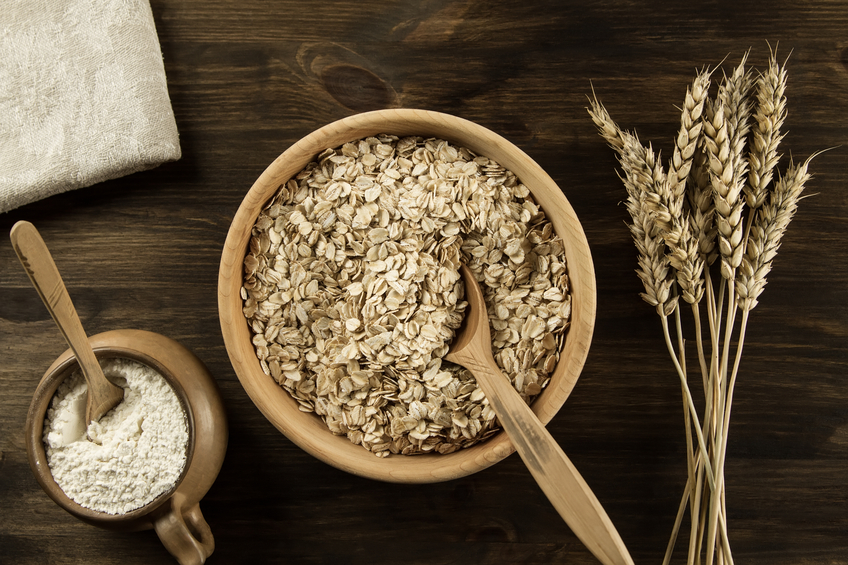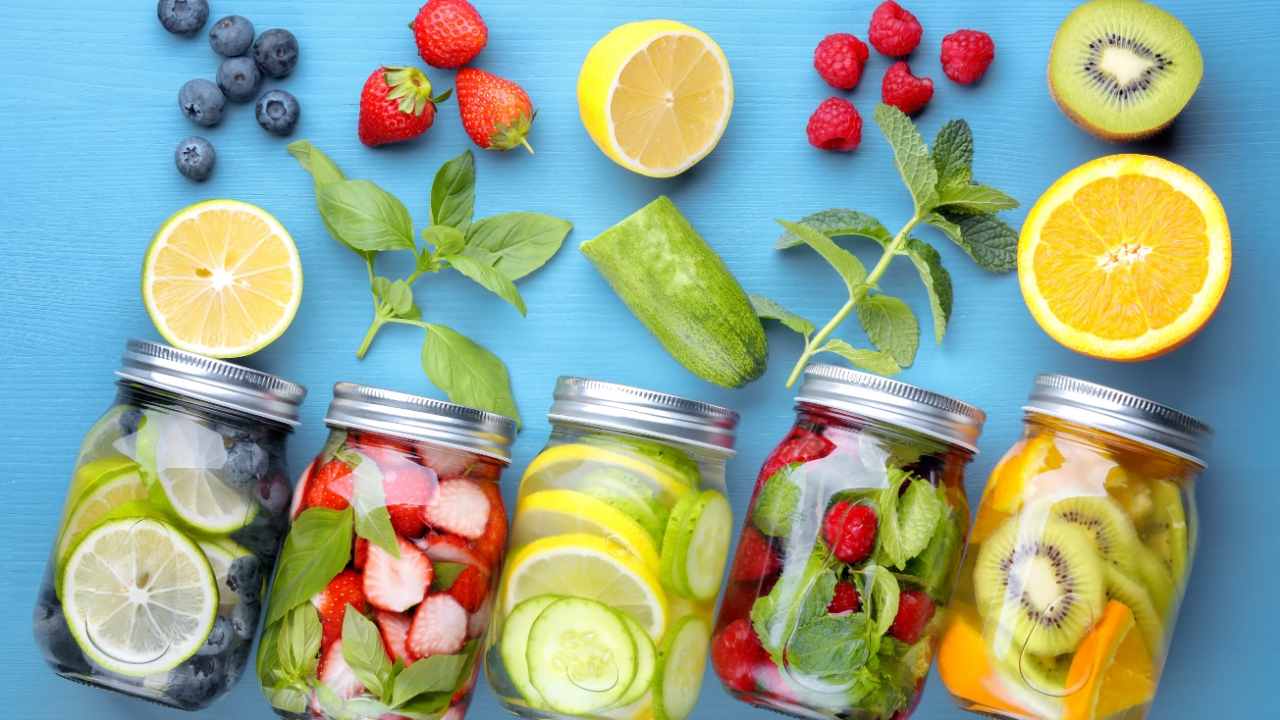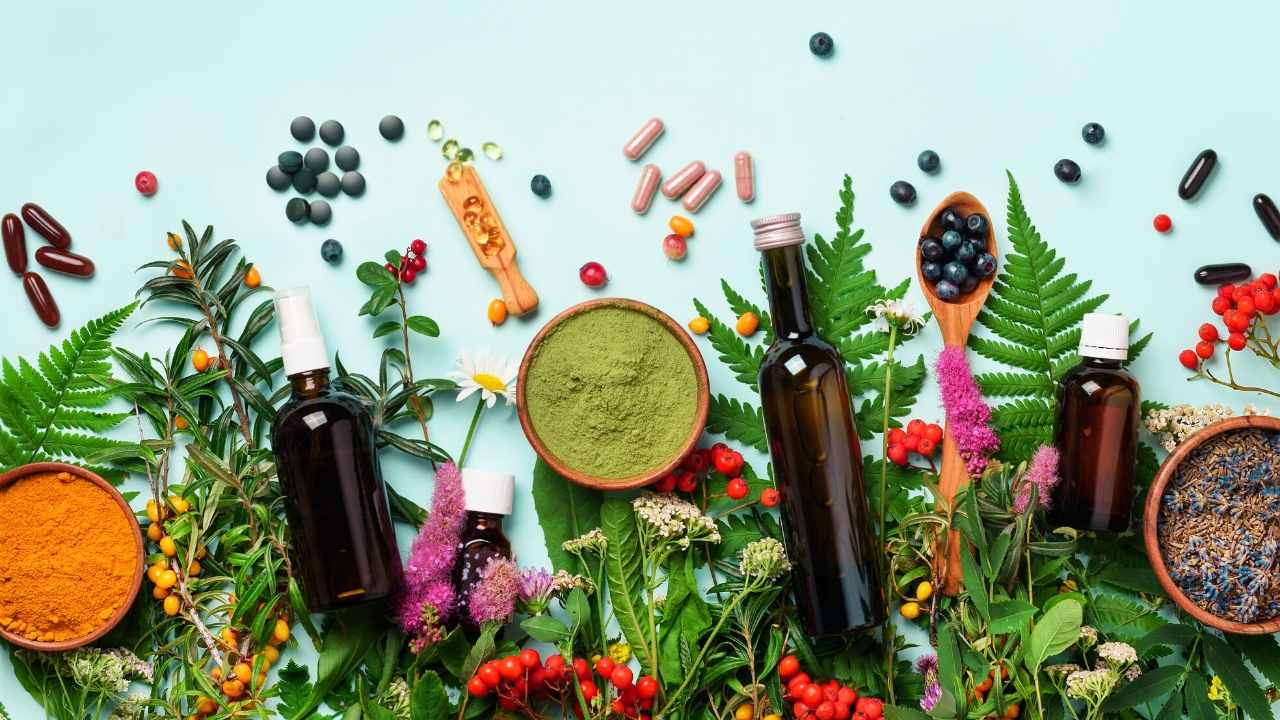
A healthy eating video is an easy way to promote healthy eating among children and adolescents. Healthy Eating Video features different types and varieties of fruits and veggies growing from the word Healthy Eating' at its top. After six seconds, a copy space is revealed and the main title area of the video moves to the top. SlideClips allows you to edit elements in background video using the free online video maker. The author also includes music to add more interest to the video.
The effects of the healthy-eating video on people's perceptions and attitudes towards healthy eating was the subject of this study. Researchers looked at a large collection of YouTube videos in an attempt to identify factors that could influence healthy eating behaviors. To identify semantic clusters in the data, the authors used text analytics as well as content analysis. These clusters included food choice, price, cooking method, and cultural influences. Based on how they were included in the videos, additional content was classified into categories. The results of the analysis show that healthy eating video creators are likely to be able to engage their audiences with their messages.

Analyzing YouTube videos shows how important it is to incorporate these videos into a holistic understanding of healthy eating. These results can be used to help design and implement healthier eating videos. This video has the potential to encourage people to eat better and is highly effective at reaching large audiences. They believe the video will lead to better public health and a healthier society. The authors acknowledge that healthy-eating messages may be able to improve public health and decrease childhood obesity.
Although the obvious benefits of healthy eating habits are clear, it's important to think about how this video could help you avoid diabetes. Many YouTube commenters support organic food, and many agree with the video's content. Some people may not be able to afford organic food or have reservations about the marketing tactics employed by the organic food sector. They also believe that organic food is a marketing gimmick to make people happy.
The social media data obtained from the YouTube comments shows that people are not only interested in healthy food, but they also want to know how it can affect their daily lives. Clear messages should be given in a healthy eating video about the benefits of eating healthy food and what it does for you. Tips for both adults and children should be included in a quality video. The video should contain information about the person and how they incorporate it into their lives. An instructional video on healthy eating has many benefits.

The YouTube channel has a video called "Salt Matters" that teaches you how to make healthier choices about salt. The video contains helpful information on how you can eat the right foods and in a healthy manner. Salt Matters includes information about what you should avoid to eat a healthier diet. These videos can help you create a plan that suits your needs and goals. It is essential to choose the right healthy eating video for your audience if you are searching for one.
FAQ
How can I lower my blood pressure
The first thing you need to do is find out what causes high blood pressure. You must then take steps towards reducing the problem. These could include taking medication, eating less salt and losing weight.
Also, make sure to get enough exercise. If you don’t have enough time to exercise regularly, consider walking more often.
A gym membership is a good idea if you don't like how much exercise your doing. It's likely that you will want to join a gym with other people who are working towards the same goals as you. It's much easier to follow a routine if someone is with you at the gym.
Supplements and herbs can improve immunity
You can boost your immune function with herbs and natural remedies. You can use ginger, garlic, echinacea oregano oil and vitamin C as examples.
These herbal remedies are not meant to replace medical treatment. Side effects may include nausea, diarrhea, stomach cramps (dizziness), headaches, dizziness and stomach cramps.
What can you do if your immune system is weak?
Human bodies are made up of trillions upon trillions of cells. These cells work together to form organs and tissues that perform specific functions. When one cell dies, another cell replaces it. The chemical signals known as hormones are used to communicate between cells. Hormones regulate every bodily process, from growth and development to metabolism as well as immunity.
Hormones are chemicals secreted by glands throughout the body. They travel through bloodstreams and act as messengers that control the function of our bodies. Some hormones are made internally, while others are created outside the body.
Hormone production begins when a hormone-producing gland releases its contents into the bloodstream. Once hormones are released, they move through the body to reach their target organ. Some hormones are only active for a brief time. Some hormones remain active for longer periods of time and can continue to have an impact on the body's function long after they are gone.
Some hormones may be produced in large numbers. Some hormones are produced in large quantities.
Certain hormones can only be produced at specific times in life. For instance, estrogen is produced during puberty, pregnancy, menopause, and old age. Estrogen aids women in developing breasts, maintaining bone density and preventing osteoporosis. It helps to stimulate hair growth and maintains skin's softness.
What is the difference in calorie and kilocalories?
Calories are units used to measure the amount of energy in food. A calorie is a unit of measure. One calorie represents the energy required to raise one gram of water's temperature by one degree Celsius.
Kilocalories are another way to describe calories. Kilocalories are measured in thousandths of a calorie. 1000 calories equals 1 kilocalorie.
How can I live my best everyday life?
To live a happy life, the first step is to discover what makes you happy. Once you have a clear understanding of what makes you happy you can go backwards. You can also inquire about the lives of others.
You can also check out books like "How to Live Your Best Life" from Dr. Wayne Dyer. He discusses happiness and fulfillment in every aspect of our lives.
What is the difference between sugar and fat?
Fat is an important energy source, which comes from food. Sugar is a sweet, naturally occurring substance in fruits and vegetables. Both fats as well as sugars contain the same amount of calories. However, fats contain more than twice as many calories as sugars.
Fats are stored in your body and can cause obesity. They can lead to cholesterol buildup in the arteries, which could cause heart attacks or strokes.
Sugars are quickly absorbed by the body and provide instant energy. This causes blood sugar levels to rise. High blood glucose levels are dangerous as it can increase the likelihood of developing type 2 diabetes.
What are the ten best foods to eat in America?
These are the 10 best foods you can eat:
-
Avocados
-
Berries
-
Broccoli
-
Cauliflower
-
Eggs
-
Fish
-
Grains
-
Nuts
-
Oats
-
Salmon
Statistics
- WHO recommends consuming less than 5% of total energy intake for additional health benefits. (who.int)
- The Dietary Guidelines for Americans recommend keeping added sugar intake below 10% of your daily calorie intake, while the World Health Organization recommends slashing added sugars to 5% or less of your daily calories for optimal health (59Trusted (healthline.com)
- In both adults and children, the intake of free sugars should be reduced to less than 10% of total energy intake. (who.int)
- Extra virgin olive oil may benefit heart health, as people who consume it have a lower risk for dying from heart attacks and strokes according to some evidence (57Trusted Source (healthline.com)
External Links
How To
What does the term "vitamins" mean?
Vitamins are organic substances found naturally in food. Vitamins are necessary for us to absorb nutrients in the foods we consume. Vitamins cannot be made by the body; they must be taken from food.
There are two types of vitamins: water soluble and fat soluble. Water-soluble vitamins dissolve quickly in water. Examples include vitamin C,B1 (thiamine), B2 (riboflavin), B3 (niacin), B6 (pyridoxine), folic acid, biotin, pantothenic acid, and choline. Fat-soluble vitamins are stored in the liver, fatty tissue and kidneys. Vitamin D, E, K and A are some examples.
Vitamins can be classified by their biological activity. There are eight major vitamin groups:
-
A - vital for healthy growth.
-
C – essential for proper nerve function.
-
D – Essential for healthy teeth, bones and joints
-
E is needed for good reproduction and vision.
-
K - essential for healthy muscles, nerves, and bones.
-
P - vital for building strong bones andteeth.
-
Q - aids digestion, absorption and absorption iron
-
R - necessary for making red blood cells.
The recommended daily allowance for vitamins (RDA) varies based on gender, age, and physical conditions. The U.S. Food and Drug Administration sets RDA values.
For adults over 19 years, the RDA is 400 mg per day for vitamin A. Pregnant mothers need 600 micrograms per days because it is vital for the development and growth of their baby. Children ages 1-8 require 900 micrograms per day. Infants under one year of age require 700 micrograms per day, but this amount decreases to 500 micrograms per day between 9 months and 12 months of age.
Children between the ages of 1-18 need 800 micrograms per daily for obesity, while children overweight require 1000 micrograms. Children underweight or obese will need 1200 mg per day.
Children aged 4-8 years old who have been diagnosed as having anemia require 2200 micrograms of vitamin C per day.
2000 micrograms are required daily for good health in adults over 50. Breastfeeding or pregnant women require 3000 micrograms per daily due to higher nutrient demands.
Adults over 70 need 1500 micrograms daily, as they lose 10% of their muscle every ten years.
Women who are pregnant and lactating need more nutrients than the RDA. Pregnant women need 4000 micrograms per dayduring pregnancy and 2500 micrograms per day after delivery. Breastfeeding mothers need 5000 mg per day when breastmilk is being produced.